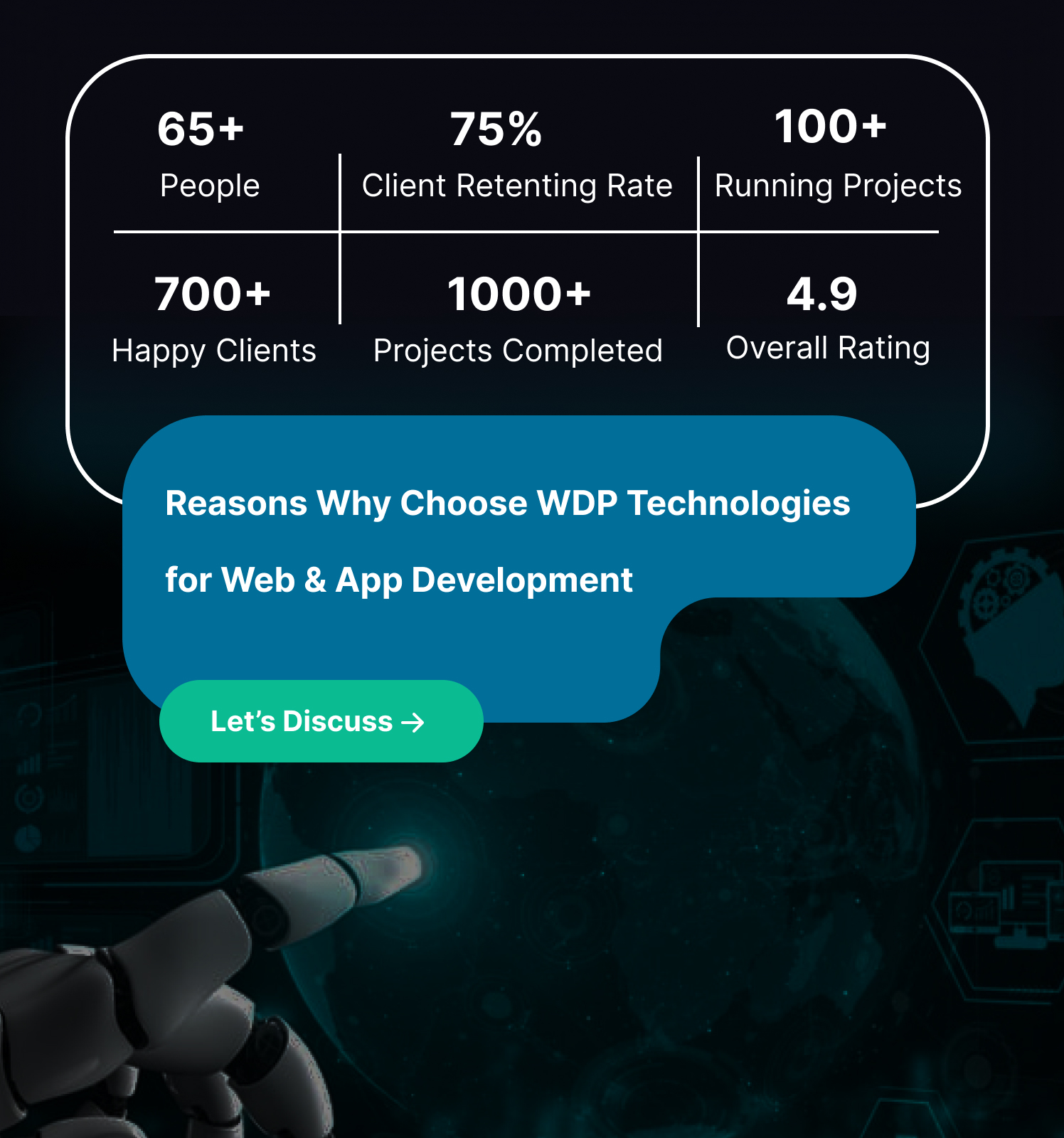In today’s rapidly evolving digital development scenario, businesses face a crucial decision when initiating software projects: should they take the traditional route with conventional coding or embrace the modern alternative— LowCode Technologies? With the growing demand for scalable application development solutions, it’s essential to understand the pros and cons of both approaches. As agility and speed become increasingly vital in digital transformation, choosing the right development strategy can significantly impact project success, scalability, and long-term growth.
This article dives deeply into the debate between lowcode vs. traditional coding, which helps you determine which is the right choice for your next project.
What is LowCode Technologies?
The low-code technique refers to a software development approach that requires minimal hand-coding. Instead of manually writing the lines of the code, developers use graphical user interfaces with drag-and-drop features and pre-made arguments to manufacture applications. This approach gives considerable speed to the development process and allows individuals with limited coding experiences to contribute.
Major features of LowCode Technologies:
- Visual modeling equipment
- Pre-made template and component
- Automated workflows
- Cross-platform compatibility
- Integrated testing and signs
- Often used for low-code platforms:
- Internal trade equipment
- CRM and ERP Extension
- Customer
- Workflow automation
- Rapid MVP (minimum viable product) manufacture,
Traditional Coding: Classic approach
Traditional coding includes manual programming using languages such as Java, Python, PHP, or JavaScript. This gives developers complete control over the architecture, performance and features of the application. This method is usually preferred for complex, large -scale applications where adaptation and adaptation are important.
Benefits of traditional coding:
- Complete control and flexibility
- Better performance for complex applications
- Easy to scale and adapt
- Access to a wide range of libraries and equipment
- Custom integration possibilities
- The best for traditional coding is:
- Enterprise system
- Custom Ecommerce Solutions
- Complex gaming or fintech application
- Advanced AI/ML Integration
Low-Code vs Traditional Coding: A Side-by-Side Comparison
| Feature | Low-Code Technology | Traditional Coding |
|---|---|---|
| Development Speed | Fast | Slower |
| Flexibility | Limited | High |
| Required Expertise | Low to Medium | High |
| Maintenance | Easier | Complex |
| Cost | Lower | Higher |
| Security Control | Platform-dependent | Developer-defined |
| Customization | Restricted | Unlimited |
| Scalability | Moderate | Excellent |
When to select low-code technology
You should consider usingLowCode Technologies:
- You have market from time to time
- The scope of the project is well defined and relatively simple
- Lack of budget is a matter of concern
- There is a lack of advanced programming skills in internal teams
- You want to consider fast prototype
- Integrating with existing systems is straightforward
LowCode Technologies enable businesses to react to market demands quickly and easily recur their products. This makes them ideal for startups, SMEs and departments within large enterprises.
When option for traditional coding
Choose traditional coding if:
- Your project requires high performance and complex features
- You need custom integration and detailed control
- Safety and scalability are top priorities
- You have access to skilled development teams
- You are creating software that should follow industry-specific compliance
In such cases, investment in time and resources is appropriate from your ability to tailor every aspect of solution of unique business needs.
Combining the best of both worlds
Many modern enterprises are adopting a hybrid approach that combines LowCode Technologies with traditional development. For example, the front-end of the web application can be developed using a low-code platform, while the back-end is traditionally designed for extended performance and safety.
This strategy allows businesses to capitalize on low code speed while maintaining the power and control of custom coding where it matters the most.
Final Thought
Taking the Correct Decision with WDP technologies
The selection between LowCode Technologies and traditional coding finally depends on your project requirements, available resources and long-term goals. At WDP Technologies, we help the businesses make important decisions by analyzing their needs and recommending the best route ahead.
Whether you are a startup looking to launch fast or an enterprise goal for scalability and performance, our expert team will ensure you to get the right mixture of speed, adaptation and cost-defense.
The LowCode Technologies is not a size-fit-all solution, but when used strategically, it can bring revolution in the way you create a digital solution.
Contact WDP Technologies today to find out how we can increase your development journey












